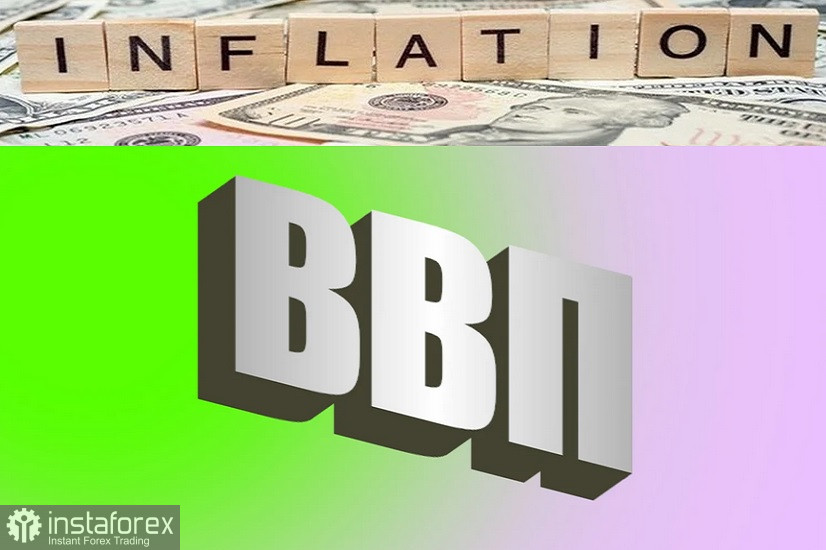
The government's GDP report for the fourth quarter showed strong GDP growth combined with a shift in market sentiment after updated Federal Reserve's monetary policy
According to the BEA, annualized GDP for the fourth quarter of 2021 rose by 6.9% after an increase of 2.3% in the third quarter. The acceleration in the fourth quarter was driven by higher exports as well as increased inventory investment and consumer spending.
Current dollar-denominated GDP rose by $790 billion year-on-year, amounting fourth-quarter GDP to $23.99 trillion. Besides, third-quarter GDP increased by $461 billion.
At the same time, the report indicated that personal income rose by $106 billion in the fourth quarter, compared with an increase of $127 billion in the third quarter. Cumulatively, real GDP added 5.7% in 2021. Real GDP in 2020 showed a decline of 3.4%. It is a very important indicator of the US strong economic recovery.
In addition to the Federal Reserve's monetary policy statement and Chairman Powell's press conference, the Federal Reserve for the first time indicated the date when interest rates would begin to normalize or soar since the recession started in early 2020. Powell first said that it would begin soon. However, later he noted that the first rate hike would start in March. Powell added that the process of reducing monthly asset purchases from 120 billion to zero would also be completed in March.
The only caveat concerns a rapid decline in inflation. The Fed's intention to start raising interest rates to lower inflation next year will be difficult and unlikely. The consumer price index for December 2020 totaled 7%. That level has not been seen since 1982.
This year, a 1% rate hike will not probably lower the current rate of inflation. Reducing inflation above 6% is a multi-year process. Many analysts believe it will take at least 2-4 years to effectively reduce inflation to the Fed's preferred target of 2%.
 English
English 
 Русский
Русский Bahasa Indonesia
Bahasa Indonesia Bahasa Malay
Bahasa Malay ไทย
ไทย Español
Español Deutsch
Deutsch Български
Български Français
Français Tiếng Việt
Tiếng Việt 中文
中文 বাংলা
বাংলা हिन्दी
हिन्दी Čeština
Čeština Українська
Українська Română
Română

